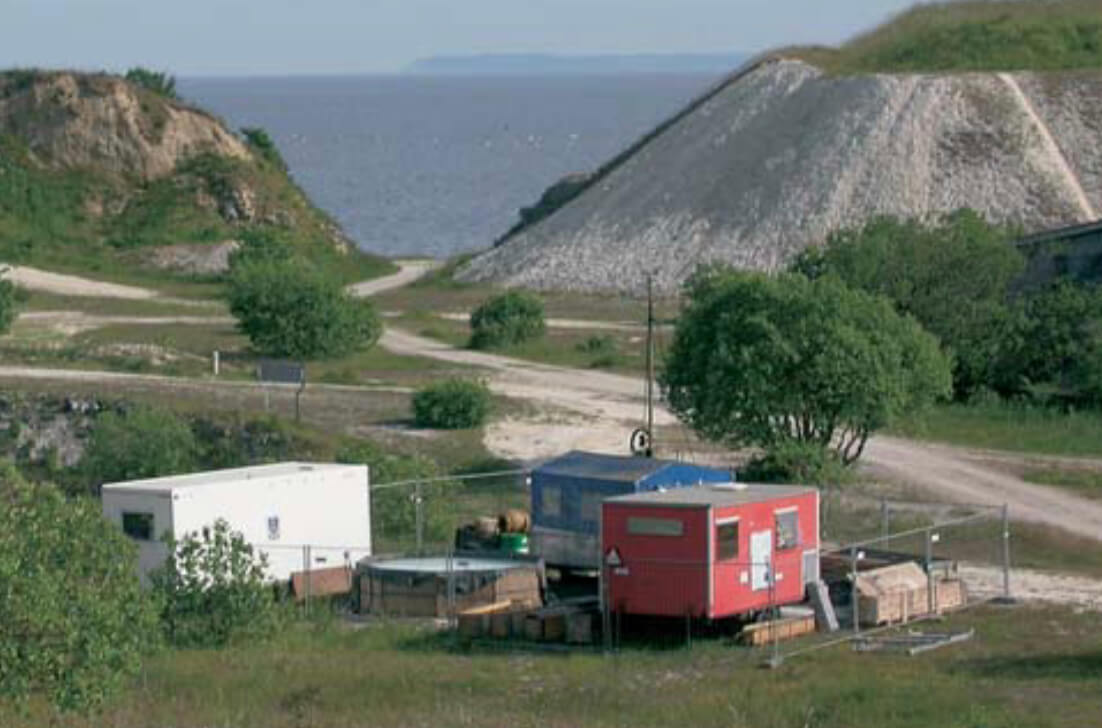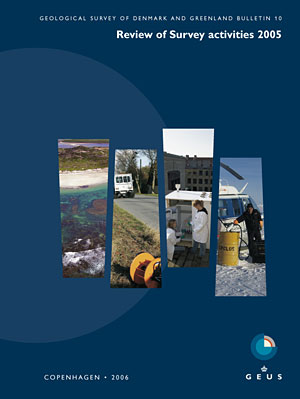
How to Cite
Share
Abstract
The Upper Cretaceous – Danian succession in Denmark and most of NW Europe is composed mainly of chalk and associated shallower water carbonates deposited in a wide epeiric sea during an overall global sea-level highstand (e.g. Surlyk 1997). The Maastrichtian–Danian chalk has been intensely studied over the last 20 years, since it forms the most important reservoir rock for hydrocarbons in the North Sea Central Graben (e.g. Surlyk et al. 2003; Klinkby et al. 2005). In Denmark, thousands of water wells have been drilled through the succession as about 35% of the water consumption is from Maastrichtian chalk and Danian bryozoan limestone. During 2005 the new Cretaceous Research Centre (CRC) was established jointly at Geocenter Copenhagen by the Geological Institute, University of Copenhagen and the Geological Survey of Denmark and Greenland (GEUS) with financial support from the Danish Natural Science Research Council (FNU). CRC aims at studying the Earth System in a Greenhouse World, with special emphasis on the Upper Cretaceous – Danian chalk of NW Europe. The stable, long lasting marine macro-environment represented by the chalk sea provides a unique opportunity to analyse and link the depositional, geochemical and biological responses to external forcing at time scales ranging from the sub-Milankovitch to the million year range. The studies will be based on a wide range of methods, including seismic stratigraphy, palaeoecology, sequence-, cyclo- and biostratigraphy, isotope geochemistry, sedimentology and time series analysis. This paper presents the first preliminary results of a CRC drilling campaign at Stevns Klint, eastern Denmark (Fig. 1), where two shallow boreholes were drilled and logged from near the base of the Danian bryozoan limestone and down through the upper 350–450 m of the very thick Upper Cretaceous chalk section (Vejbæk et al. 2003). The cores represent the first complete sections through the Maastrichtian chalk of eastern Denmark.
How to Cite
Share
Downloads
Editors: Martin Sønderholm & A.K. Higgins
The Review of Survey activities presents a selection of 15 papers reflecting the wide spectrum of activities of the Geological Survey of Denmark and Greenland, from the microscopic to the plate tectonic level.
Activities in Denmark: The Survey's field of activities in Denmark is illustrated by four papers on [...]










